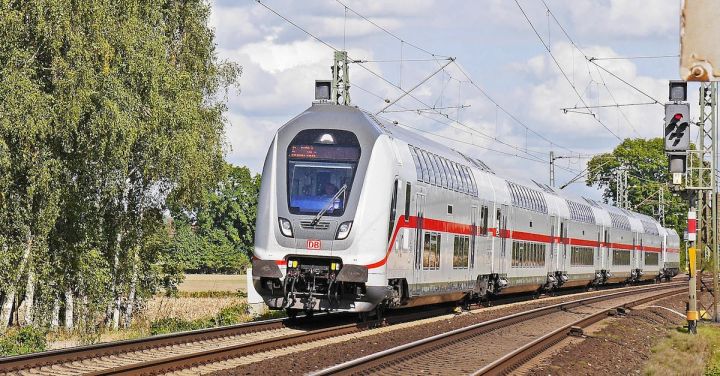Automatic Train Control (ATC) is a cutting-edge technology that has revolutionized the way trains operate. It is a system that uses advanced algorithms and sensors to monitor and control the movement of trains, ensuring safety and efficiency. This article will delve into the intricacies of ATC, shedding light on its working principles and benefits.
ATC operates on a simple yet powerful concept: it continuously tracks the position and speed of trains and transmits this information to a central control station. The control station then processes this data and makes real-time decisions on train movements. This allows for precise control of train speed, acceleration, and braking, ensuring that trains maintain safe distances from each other and adhere to set schedules.
One of the key components of ATC is the use of track circuits. These are sections of the track that are electrically isolated from each other, allowing for the detection of trains. When a train passes over a track circuit, it creates an electrical circuit that is detected by sensors. These sensors then send the information to the control station, which uses it to determine the train’s exact position and speed.
ATC also employs a variety of other sensors, such as wheel detectors and axle counters, to further enhance its accuracy. These sensors provide additional data on train movements, allowing for more precise control. For example, wheel detectors can detect if a train’s wheels are slipping or if there are any obstructions on the tracks.
The control station plays a crucial role in ATC. It receives the data from the sensors and uses complex algorithms to calculate the optimal speed and braking points for each train. It takes into account factors such as the train’s weight, the condition of the tracks, and the current weather conditions. This ensures that trains operate at the most efficient speed while maintaining safety.
ATC also offers a host of benefits. Firstly, it significantly improves safety. By closely monitoring train movements and enforcing strict speed limits, ATC reduces the risk of collisions and derailments. It also prevents incidents such as overspeeding and unauthorized entry into restricted areas.
Secondly, ATC enhances efficiency. By optimizing train speed and reducing the time spent waiting at signals, ATC allows for faster and more reliable journeys. It also enables trains to operate at higher frequencies, increasing capacity and reducing overcrowding.
Furthermore, ATC offers cost-saving advantages. By minimizing human errors and optimizing train movements, ATC reduces operational costs. It also extends the lifespan of trains and tracks by ensuring that they are operated within safe limits.
However, implementing ATC is not without challenges. Upgrading existing rail networks to incorporate ATC can be a complex and costly process. It requires the installation of new sensors, communication systems, and control stations. It also necessitates the training of staff to operate and maintain the system.
In conclusion, Automatic Train Control is a sophisticated technology that ensures the safe and efficient operation of trains. Through the use of advanced algorithms and sensors, it allows for precise control of train movements. By improving safety, efficiency, and cost-effectiveness, ATC is reshaping the future of rail transportation. As technology continues to advance, we can expect further refinements and enhancements to this remarkable system.
